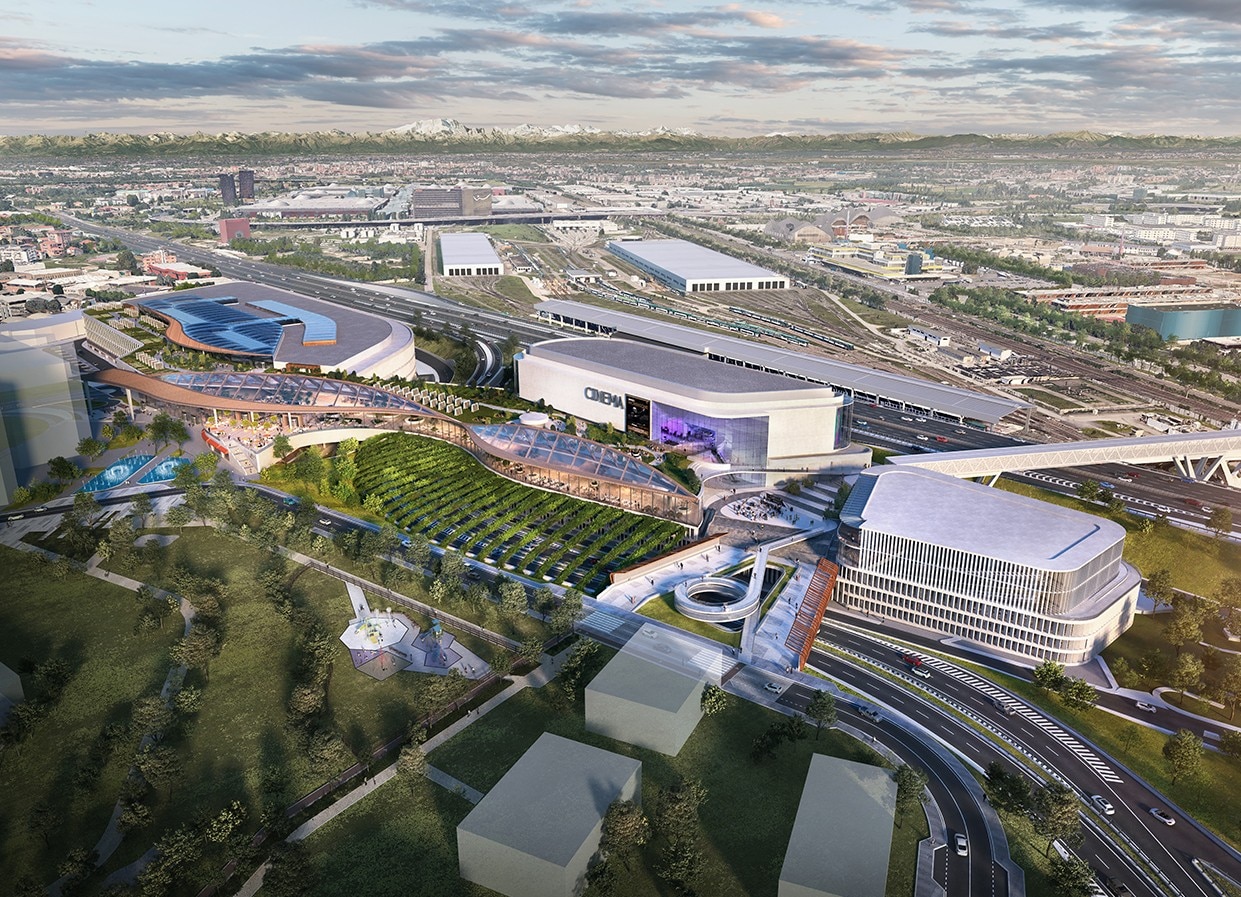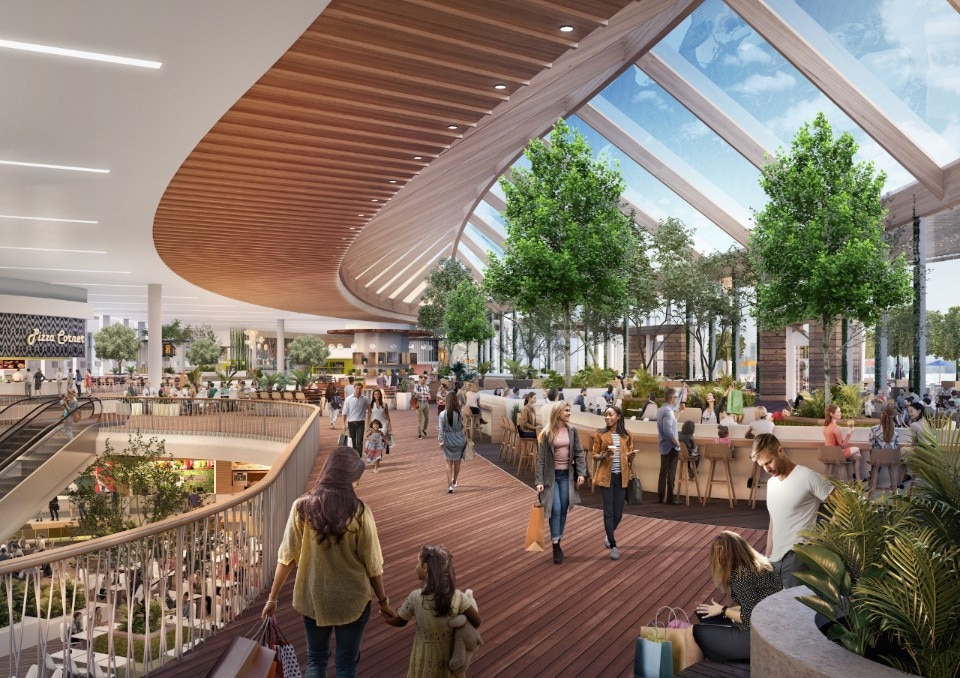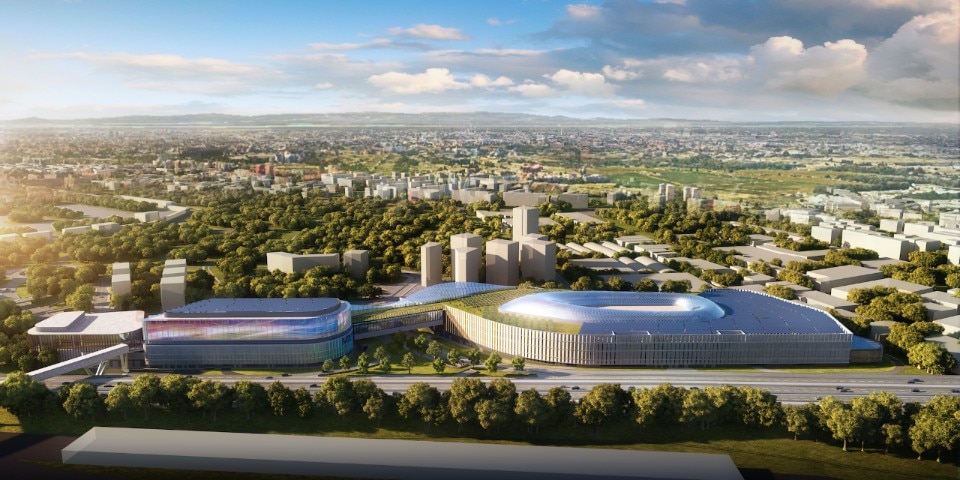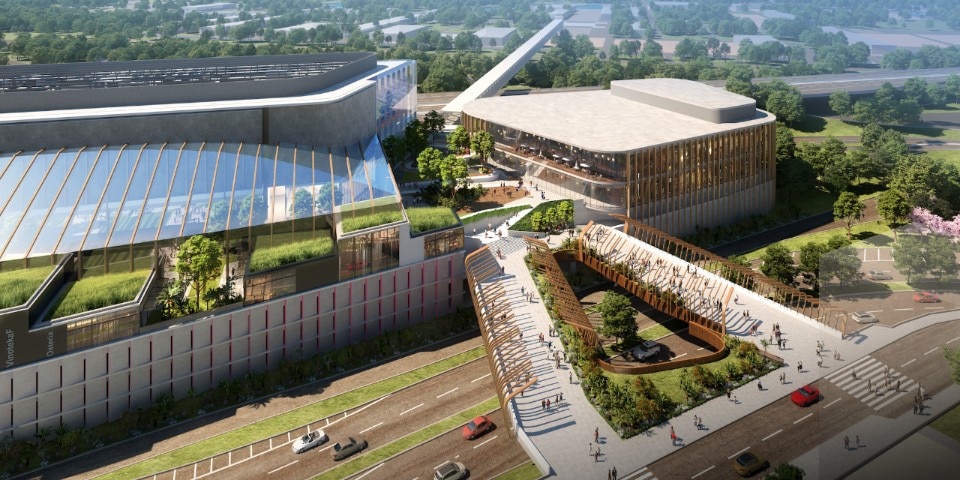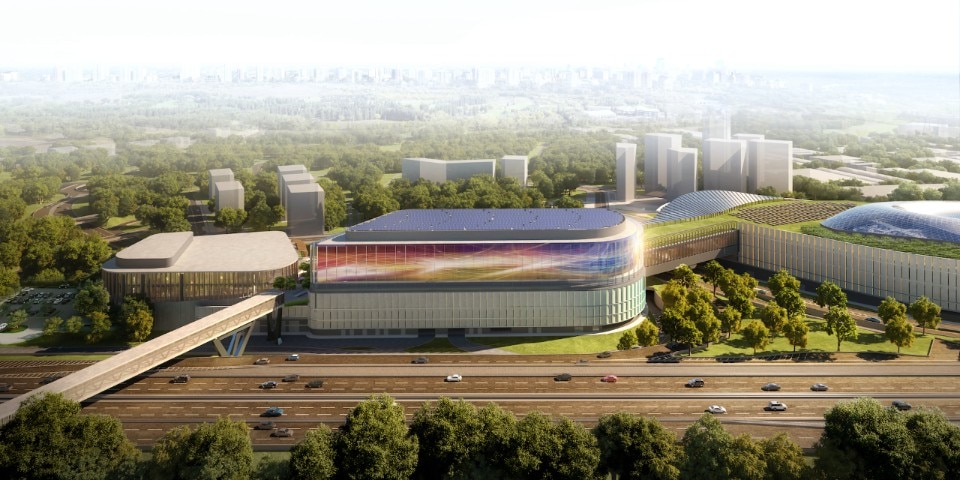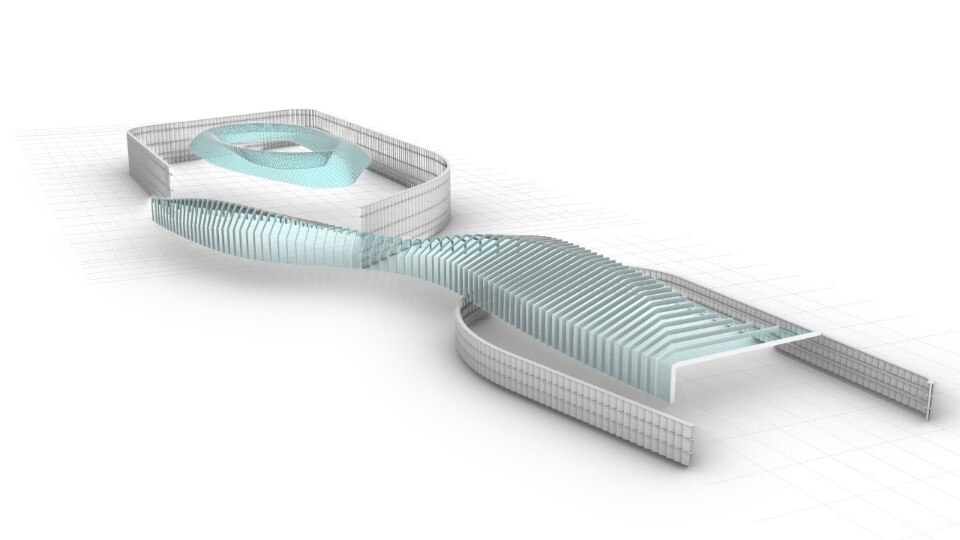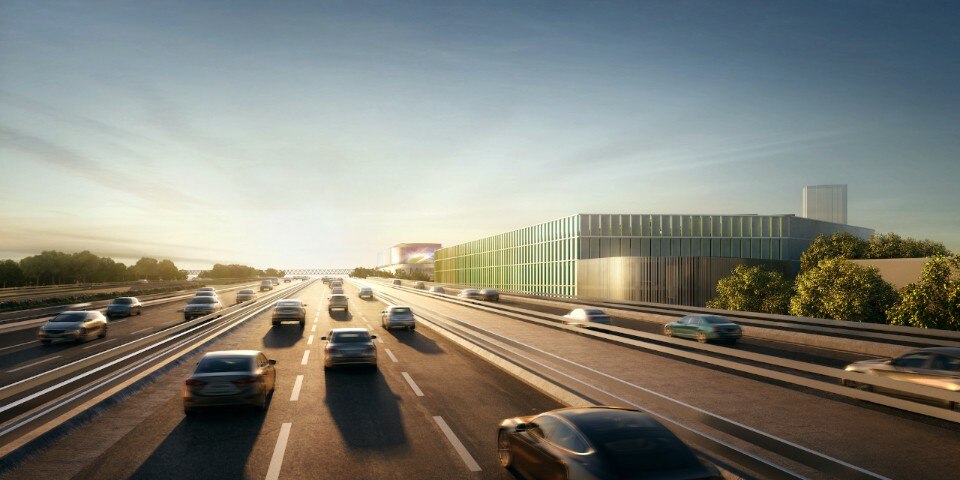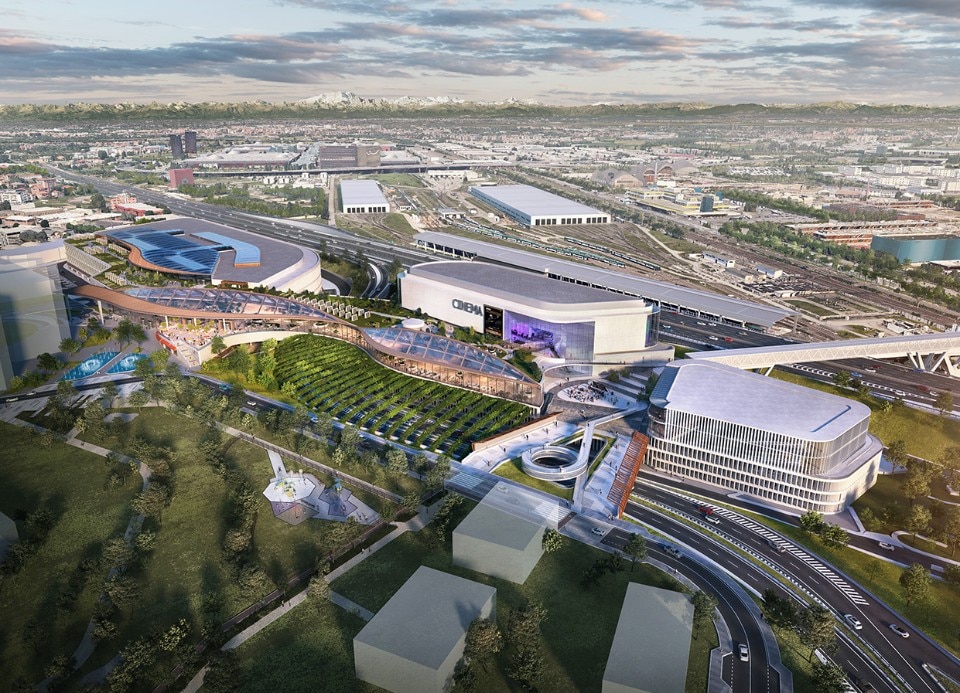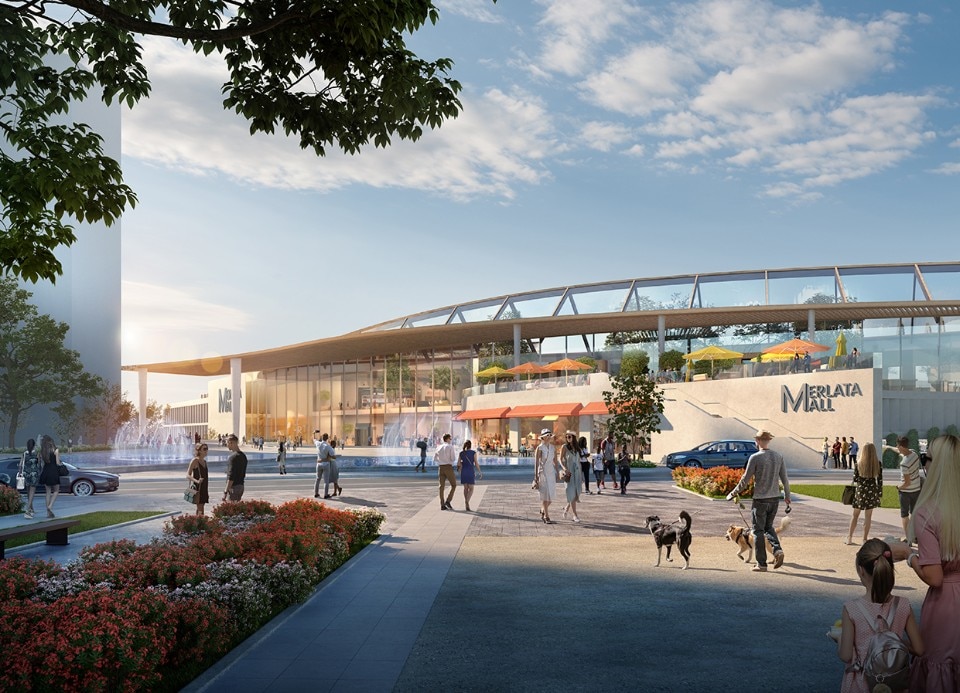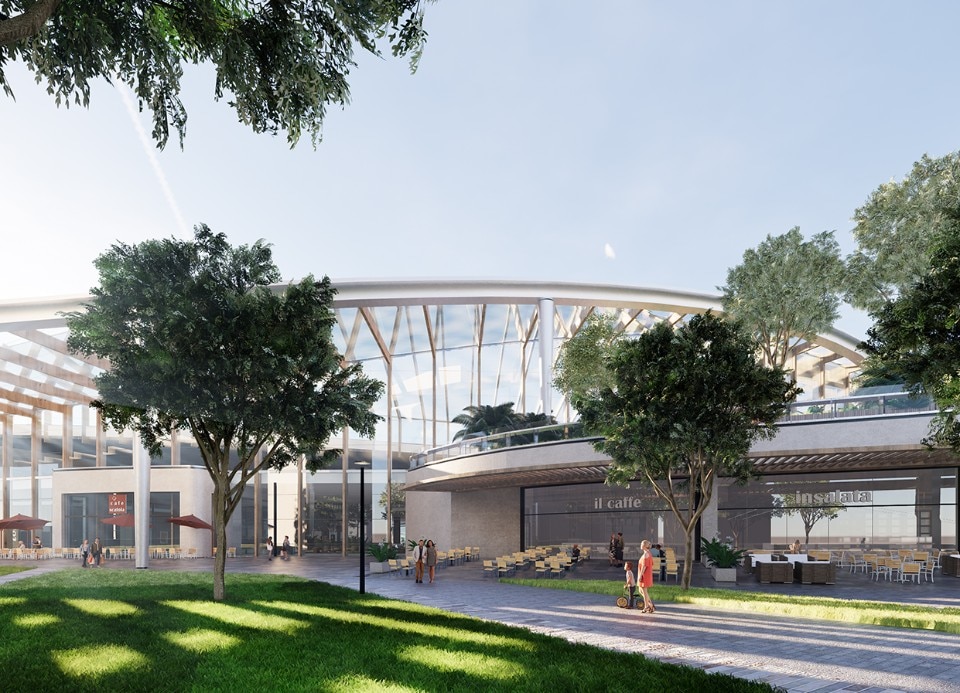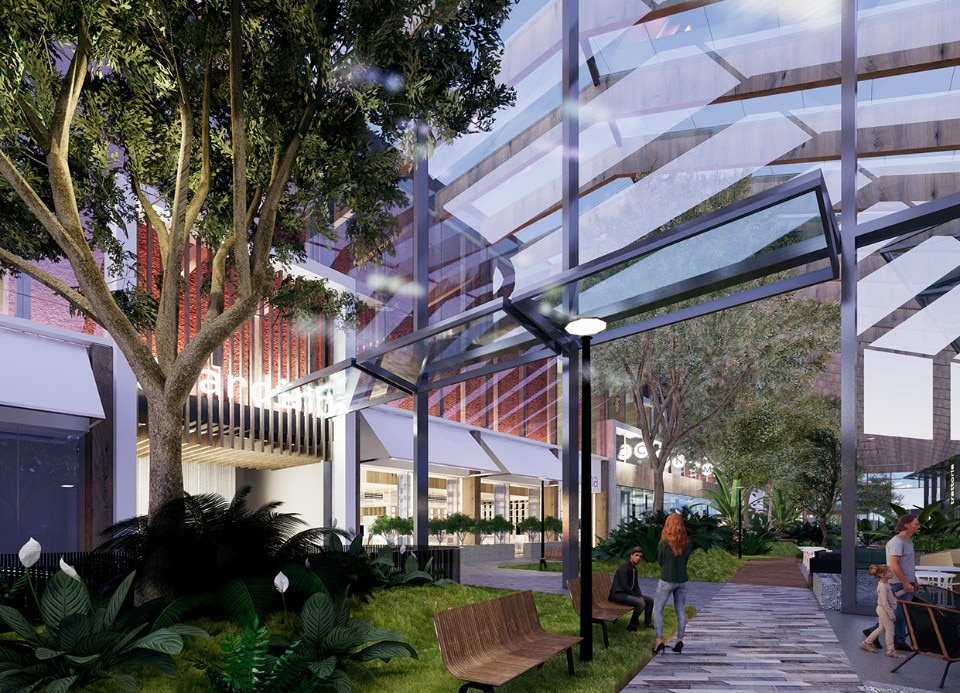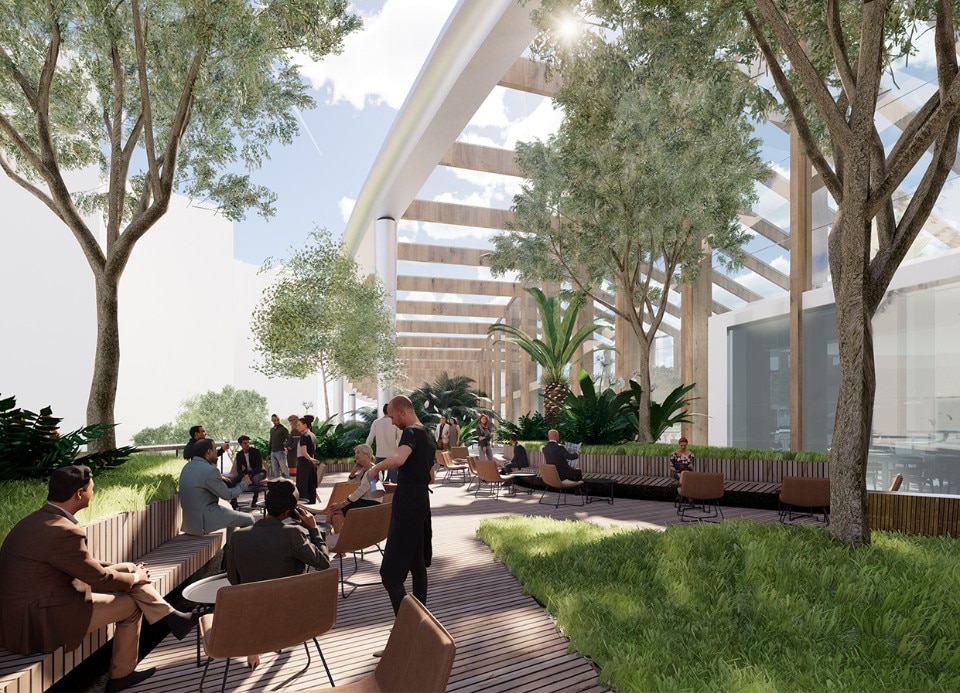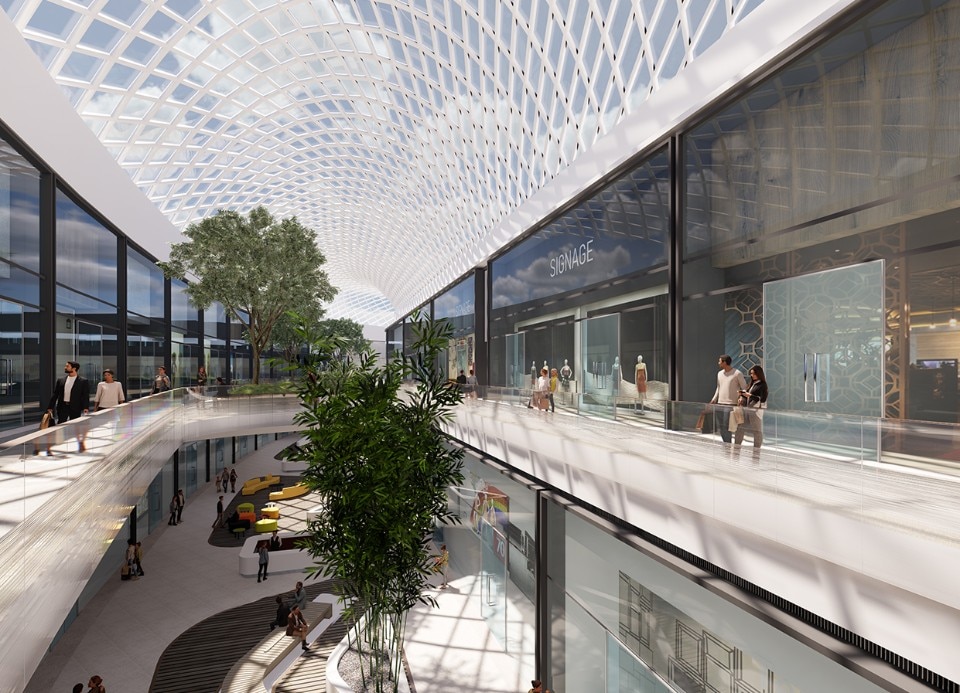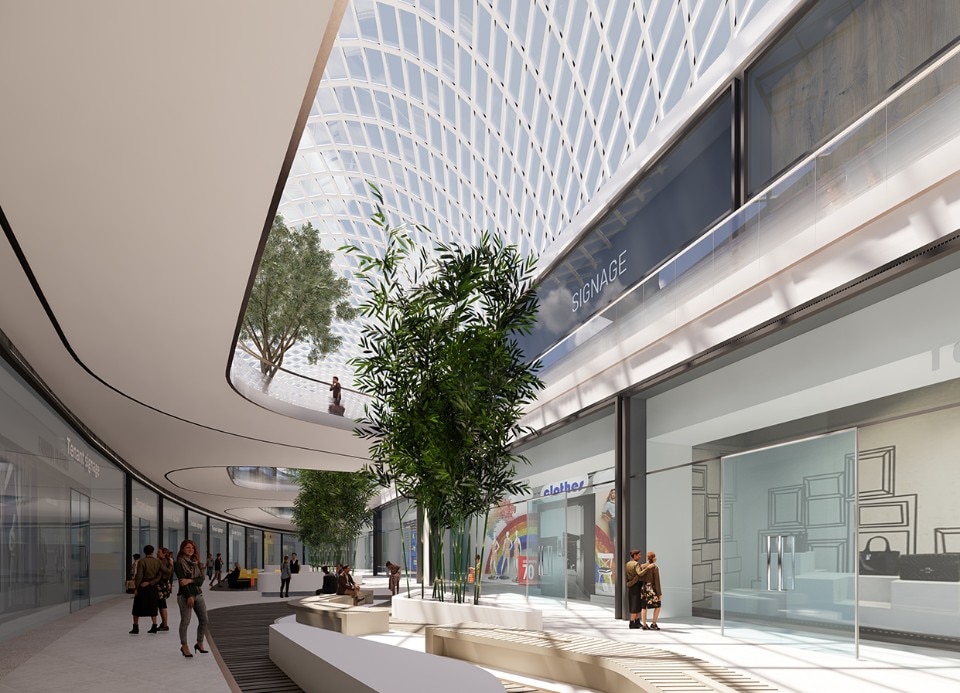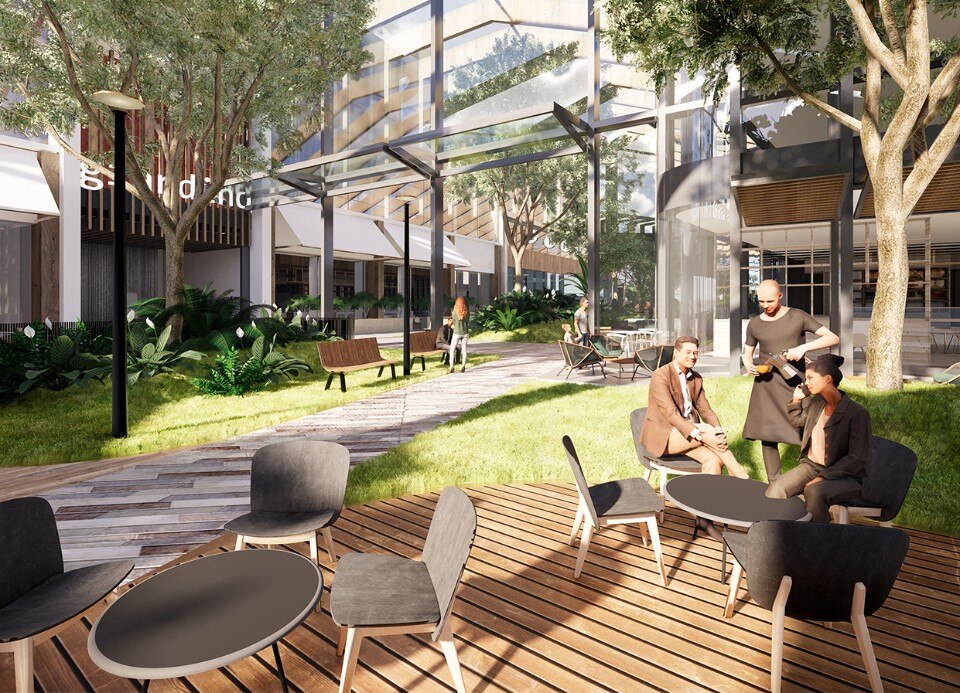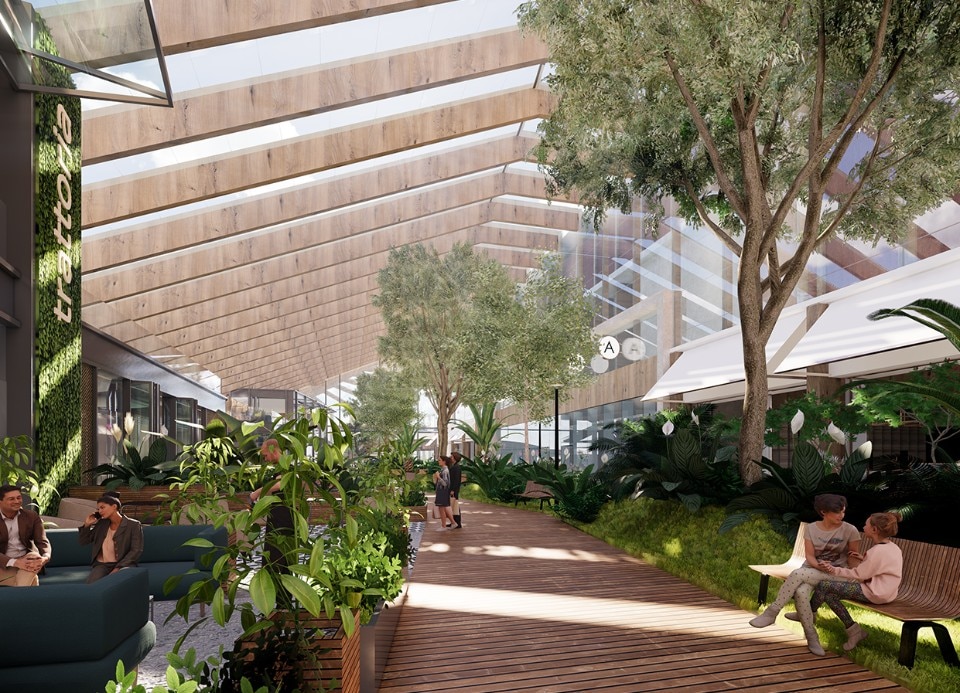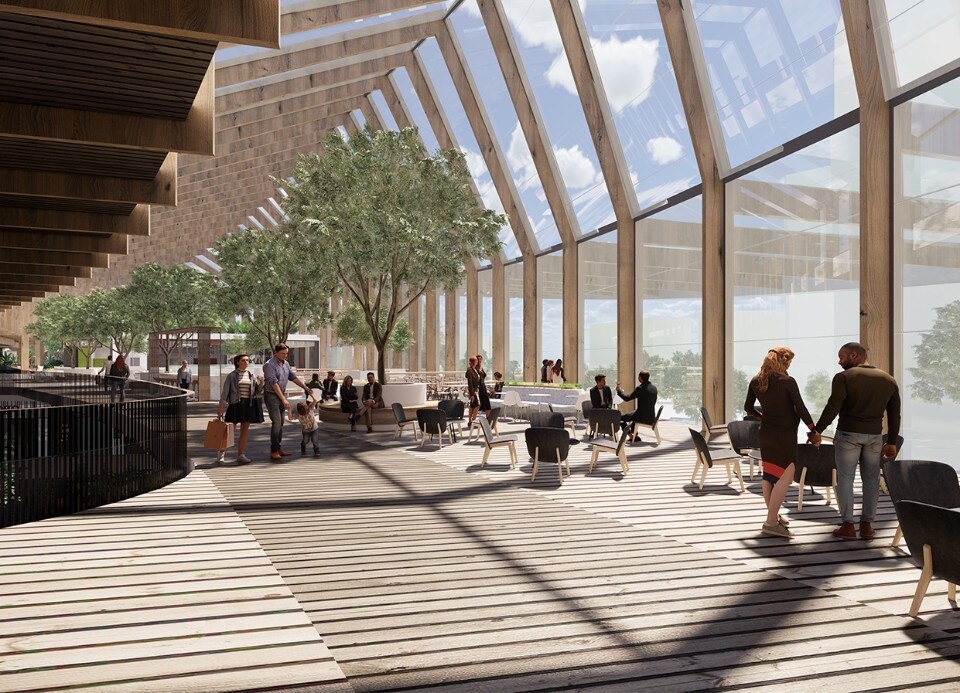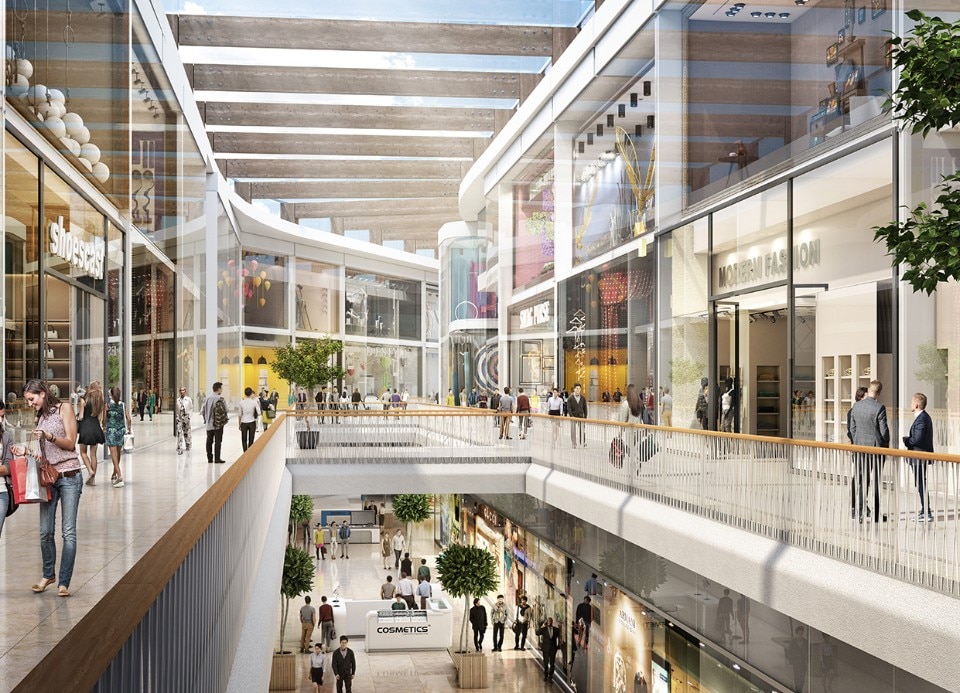Milan will welcome the new Merlata Bloom project. Positioned between the MIND Innovation District – a redevelopment project dedicated to the area where the Expo 2015 event took place – and the new Uptown residential district, Merlata Bloom will be the beating heart of one of the largest mixed-use areas in the northwest of the city; right at the center of Mila’s first smart district: a unique mix of residential, green, technology, business, and commerce.
Developed by Nhood Services Italy – one of the main players in the real estate industry in Italy specializing in urban redevelopment interventions and an important player in the commercial sector – the organic architecture has been entrusted to the design of the international architectural firm CallisonRTKL.
“Few areas have the ability to connect so many different parts and uses. This is creating a one-stop destination that can work for everyone in the future, and that’s the kind of thinking that’s needed to create sustainable cities in the future,” Jorge Beroiz, Principal at CallisonRKTL, tells us. “You can think of the area as a puzzle, with Merlata Bloom Milano as the final piece that connects the different parts. We are creating a sustainable connection between different groups, whether it’s the university, the innovation district or the new residential center. It will provide something for everyone at different times of the day, with various retail, food, and beverage, and leisure offerings, all seamlessly connected by a public open space that all can enjoy.”
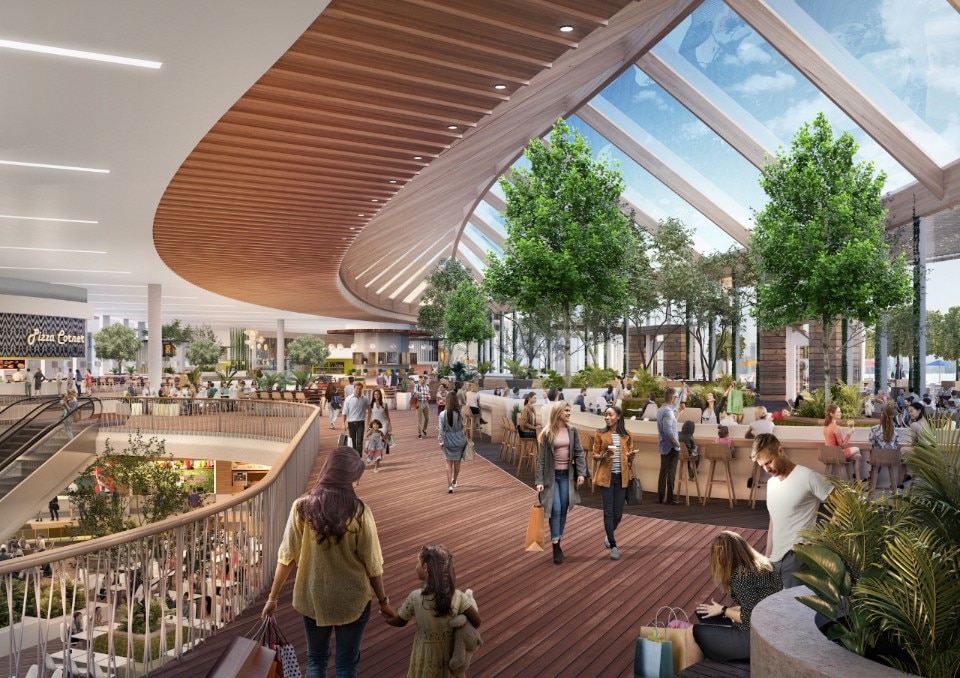
A functional mix space, then, that goes beyond the traditional concept of a commercial space and also aspires to become the social connection square between the surrounding historic neighborhoods - Gallaratese, Rho-Pero, Quartoggiaro - now separated from each other. “We were primarily inspired by the transformation of Stratford in London, led by the arrival of Westfield Stratford and Queen Elizabeth Olympic Park. It’s a good reference model that shares many similarities. Initially conceived for the 2012 Olympics, it is now a long-term, mixed-use destination that creates connections to the wider area and caters to a wide range of users, mixing retail, leisure, entertainment, businesses, housing and more.”
Merlata Bloom also has a strong potential to renew the connection between architecture and the natural element. The new building volumes, designed to blend into the surrounding landscape, are conceptually conceived to be a natural extension of Cascina Merlata’s 30-hectare park, which uninterruptedly ‘enters’ the center, giving life to indoor gardens, dehors, terraces, urban gardens and green roofs. “The current area is rather industrial and infrastructure-based, with the highway network. While it’s very efficient in terms of moving traffic, we want to open up the site to connect with pedestrians on a human level,” Beroiz continues.
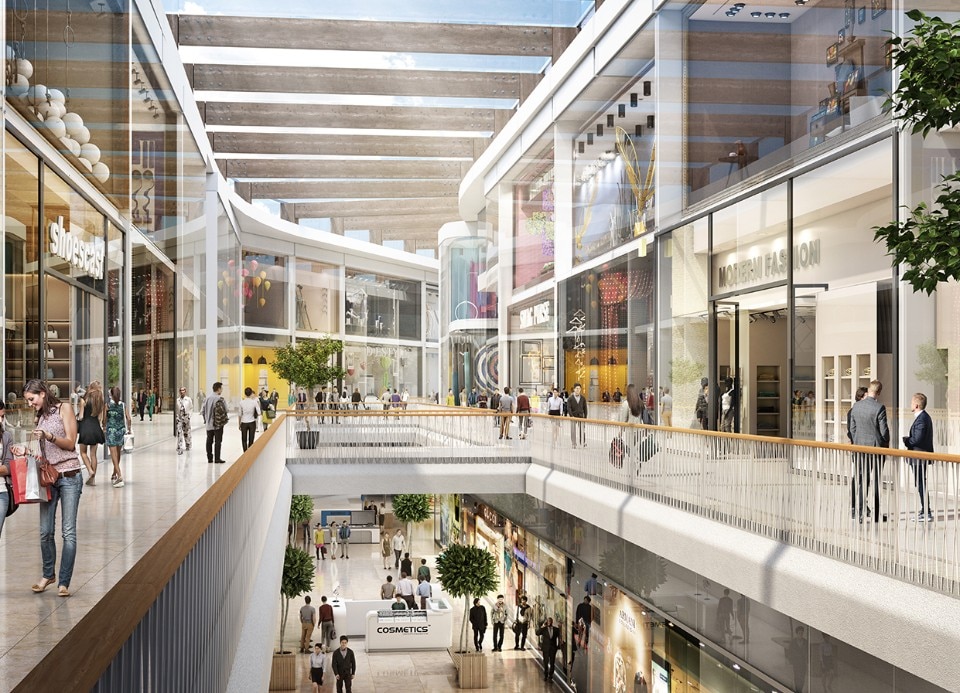
“The park and gardens play a key role in creating open space and bringing nature into the area, while the thoughtful use of natural materials, including wood for the façade, makes the building softer and more accessible than conventional designs. It’s a long site, so we need to make sure it’s welcoming and engaging to the people who walk through it. We’re creating public spaces that encourage dwell time, relaxation, and leisure time – whether you’re a student, employee or visitor. Retail is central to the project and functional to the leisure and entertainment soul that connotes the entire project, but ultimately it’s about creating a welcoming destination for everyone, not just those who will choose it for their shopping. A sustainable place to meet people, share experiences, and rethink leisure time and social interaction”.
So what could be the future for a European metropolis like Milan? “The concept of the 15-minute district, where all needs are satisfied within walking or cycling distance from home, is central to cities’ successful future,” concludes CallisonRTKL Principal. Milan was at the forefront of this model even before the pandemic, and I firmly believe that this project embodies it, providing a key link between surrounding neighborhoods. Ultimately, across the globe we need to dramatically reduce our dependence on cars to create a better, safer and healthier environment for all.”


